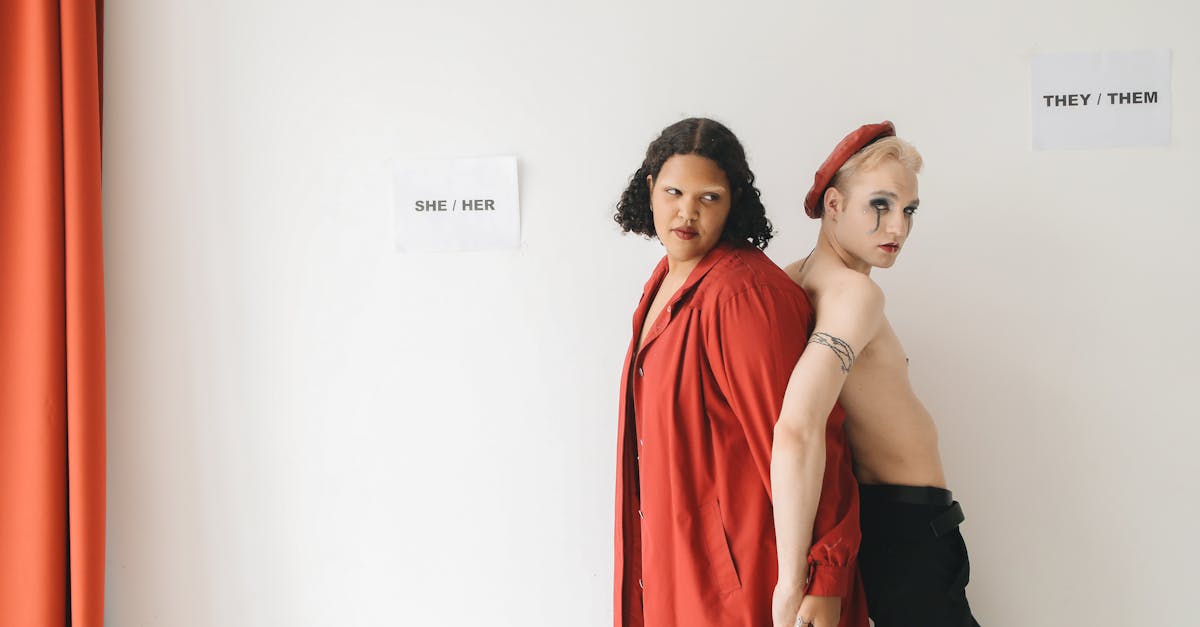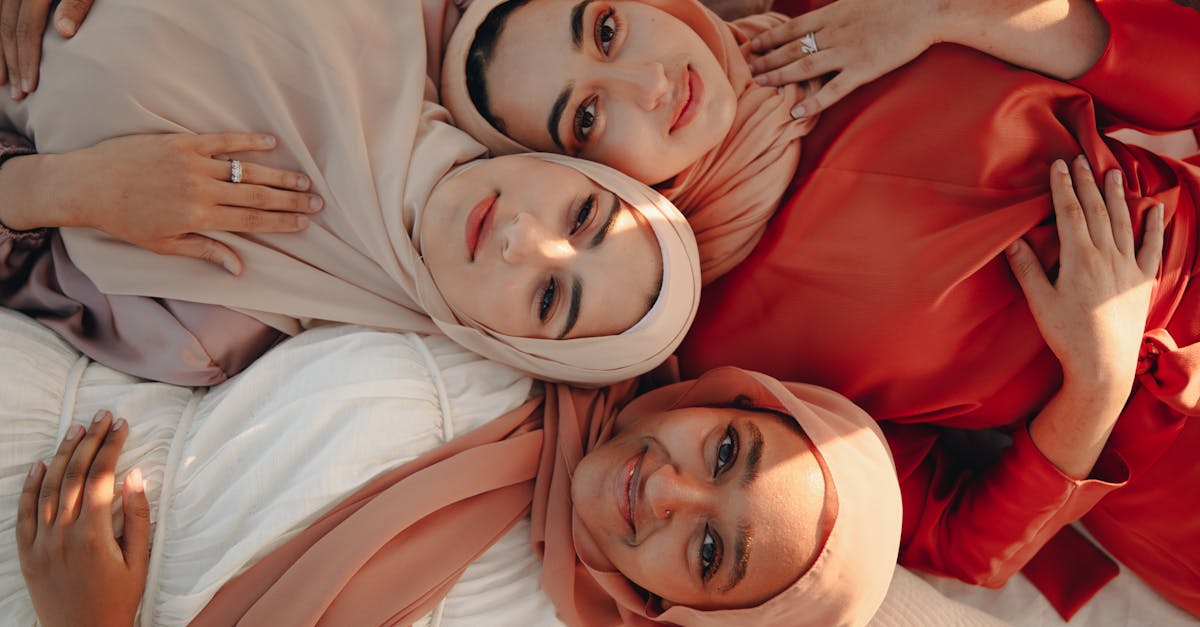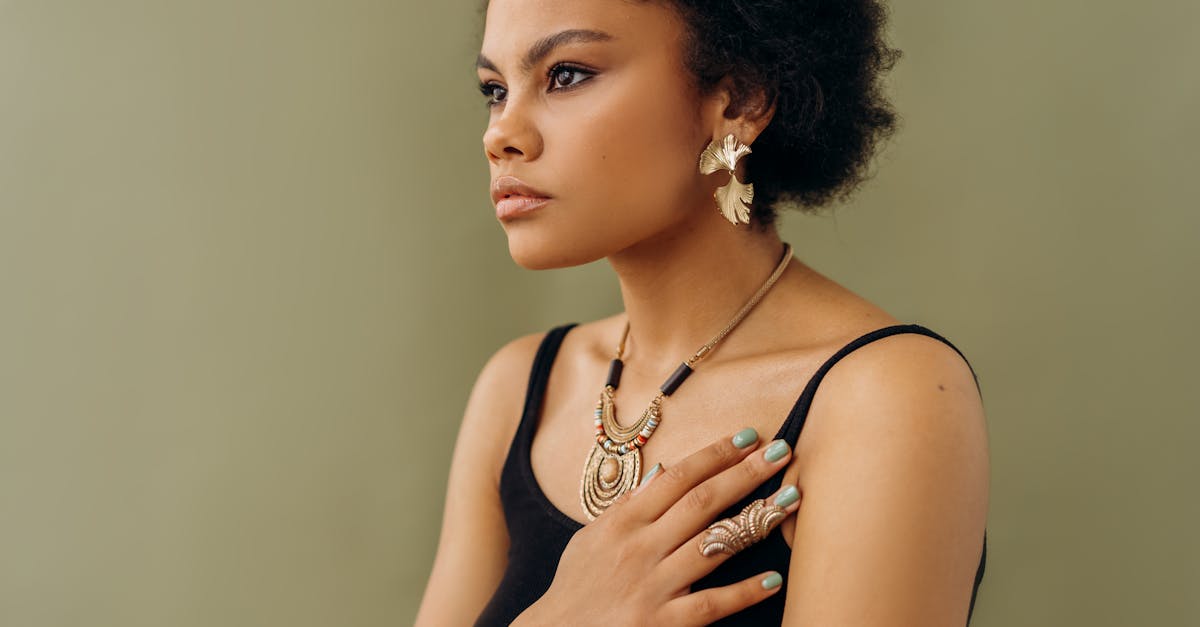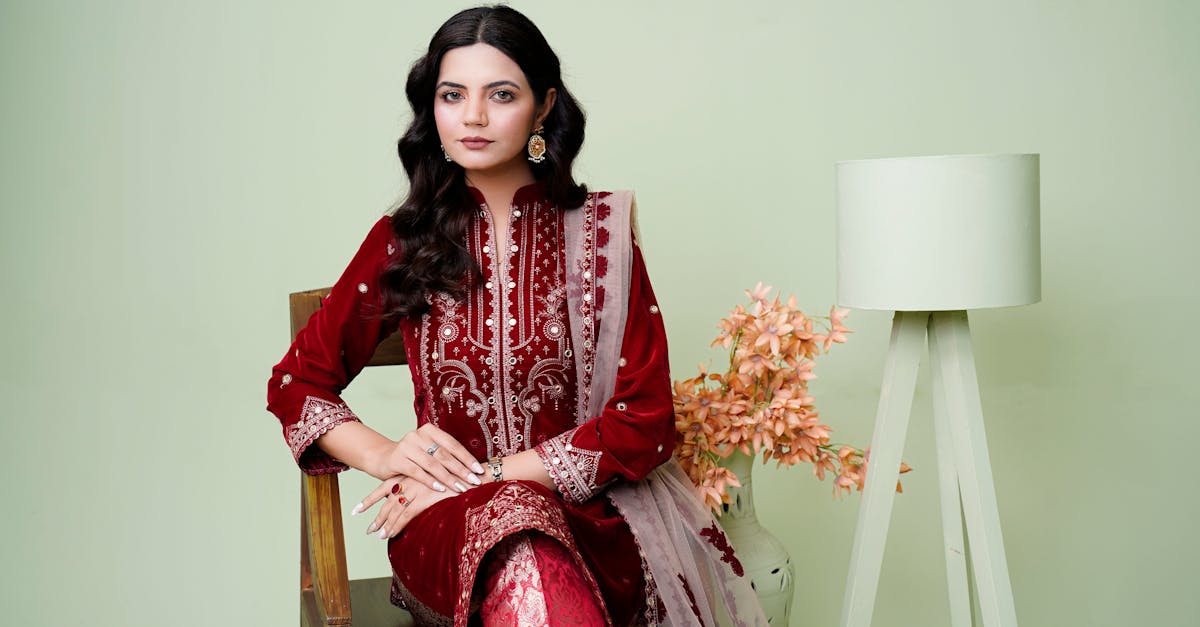Mindful Fashion Harmony A Balance Between Style and Sustainability
Introduction
In today's fast-paced world, where fashion often changes with the seasons, the concept of Mindful Fashion Harmony presents a refreshing perspective. Combining the essence of sustainability with style, it encourages a conscious approach to dressing. As consumers become more aware of the environmental and social impacts of their clothing choices, there's a growing shift towards eco-friendly fashion. Mindful Fashion Harmony isn't just about wearing what's trendy—it's about making informed decisions that reflect personal values. This movement promotes balance in our wardrobes, aligning our choices with a larger vision of planetary health. Its significance lies not only in consumption but also in how industry leaders respond to this call for change.
Advertisement
Understanding Mindful Fashion
Mindful Fashion is a philosophy that prioritizes environmental responsibility, ethical production, and personal style. It goes beyond textile choices, advocating for reduced consumption and longevity of clothes. By focusing on high-quality, timeless pieces, the movement reduces the need for frequent purchases, minimizing waste. Ethical production practices, such as fair labor conditions and transparent supply chains, are crucial components. Additionally, this approach encourages consumers to invest in brands that share their values, offering a more holistic view on what it means to be fashionable. In essence, it's about creating a wardrobe that supports both the planet and the people on it.
Advertisement
The Rise of Sustainable Materials
Integral to Mindful Fashion Harmony is the use of sustainable materials, which lessen environmental impact. Organic cotton, hemp, and bamboo are favored due to their low water requirements and biodegradability. Recycled fibers, like polyester made from plastic waste, ensure that existing materials are reused rather than discarded. Innovators in the field are also exploring alternatives, such as plant-based leathers derived from mushrooms or pineapple leaves. These materials represent a shift from conventional fabric choices, encouraging designers to rethink processes and consumers to reassess preferences. While the initial costs might be higher, the long-term benefits make it a worthy investment.
Advertisement
Ethical Fashion Production
Mindful Fashion Harmony emphasizes the importance of ethical production, ensuring that workers' rights are respected. This involves fair wages, safe working conditions, and prohibiting forced or child labor. Brands adhering to these principles often provide transparency in their practices, allowing consumers to make informed decisions. Certifications like Fair Trade or B Corp can guide buyers toward genuinely ethical brands. Beyond wages, ethical production considers environmental impacts, reducing carbon footprints through localized production to decrease transportation emissions. This approach aligns with the broader values of sustainability, creating positive social and ecological outcomes.
Advertisement
The Influence of Capsule Wardrobes
The concept of a capsule wardrobe is central to Mindful Fashion, advocating for a streamlined, versatile collection of clothing. By choosing quality over quantity, individuals reduce the need for excessive purchases, decreasing overall consumption. A capsule wardrobe typically consists of 20-30 items, interchangeable to create multiple outfits. This minimizes decision fatigue and encourages creativity with available pieces. When curating a capsule, the focus is on timeless, classic pieces that surpass seasonal trends. By aligning personal style with wardrobe essentials, the essence of fashion harmony—a balanced, thoughtful approach to dressing—is achieved.
Advertisement
Consumer Education and Awareness
A pivotal element in advancing Mindful Fashion is educating consumers on their impact when engaging with fashion brands. Awareness campaigns and educational content help highlight the relationship between fashion choices, environmental degradation, and human rights. Workshops, seminars, and online resources provide valuable information, enabling consumers to ask the right questions and demand accountability. Social media influencers and celebrity endorsements also play a significant role in amplifying these messages. As consumers become savvier, they influence industry trends, compelling brands to adopt sustainable practices and foster an ecosystem of informed fashion decisions.
Advertisement
The Role of Technology and Innovation
In the realm of Mindful Fashion, technology provides innovative solutions for sustainability challenges. Digital platforms facilitate transparency, allowing consumers to trace a garment's journey from production to sale. Virtual reality experiences offer insights into production methods, enhancing consumer understanding. Furthermore, advancements in nanotechnology enable the development of fabrics with attributes like increased durability or biodegradability. 3D printing presents possibilities for on-demand fashion, reducing production waste. Each of these technological breakthroughs contributes to the evolution of a more sustainable and informed fashion industry.
Advertisement
Industry Challenges and Opportunities
While the principles of Mindful Fashion Harmony promise positive change, the journey is not without challenges. High costs associated with sustainable materials and ethical production can be barriers for brands. Additionally, converting traditional fashion models to more sustainable ones requires significant investment and innovation. However, as consumer demand grows, there's potential for economies of scale to reduce costs. Collaborative efforts among stakeholders, including government policies incentivizing sustainable practices, can address these hurdles. Opportunities for growth exist in innovations, such as developing new sustainable materials and refining supply chains to be more efficient and transparent.
Advertisement
Mindful Fashion in Global Context
Mindful Fashion Harmony is gaining traction worldwide, with cultural adaptations reflecting local values and resources. In developing regions, there's potential for growth in handmade artisanal products, combining traditional techniques with sustainable practices. European countries emphasize end-of-life solutions, with initiatives like clothing recycling programs. Asian markets focus on reducing garment carbon footprints by promoting local sourcing and reducing waste. Each region contributes uniquely to the Mindful Fashion narrative, ensuring that global efforts are comprehensive and inclusive. This worldwide momentum fosters a collaborative approach to addressing the challenges of the fashion industry.
Advertisement
Conclusion
Mindful Fashion Harmony embodies a forward-thinking approach to fashion that harmonizes style with environmental and ethical responsibility. By embracing sustainable materials, ethical production, and consumer awareness, the fashion industry can transition toward a more conscientious future. Although challenges exist, innovation and collaboration fuel progress, enabling significant strides toward sustainable fashion. As consumers play an active role in driving change, they have the power to reshape the fashion landscape. Ultimately, embracing Mindful Fashion Harmony leads to a more sustainable world where fashion complements rather than contradicts the values we hold dear.
Advertisement








